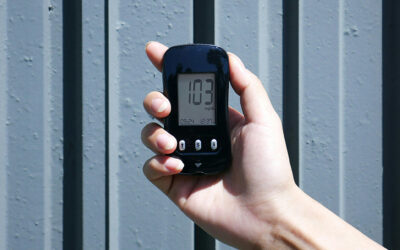Wearable healthcare devices are becoming increasingly popular for monitoring physiological activities and vital signs, like heart rate and respiration. The accuracy and sensitivity of the device depend on how well it conforms and adheres to the skin, which is still complex due to the texture and soft topography of the skin. It must also remain durable through sweating and exercise, physical contact, and exposure to different environmental conditions.
Metin Sitti and co-workers from the Max Planck Institute for Intelligent Systems have developed a durable, flexible adhesive film that is up to the task. The film is biocompatible and the fabrication process is simple, cost-effective, and can be scaled up easily.
Drawing inspiration from the remarkable adhesive abilities of the gecko and starfish, the authors Dirk-Michael Drotlef and Morteza Amjadi developed films composed of polydimethylsiloxane (PDMS) microfibers with vinylsiloxane (VS) tips crosslinked in direct contact with the skin. The tips are mushroom-shaped and closely conform to the roughness of the skin on the microscale and nanoscale, with the highest adhesion strength for large-diameter tips. When the microfiber tips are directly crosslinked onto the skin surface, the adhesion strength is more than 200 times higher than when they are crosslinked before skin attachment. When attached to the forearm, the film remains persistently adhesive under multiple retraction attempts until subjected to a high pull-off force. It also stays firmly in place when exposed to water and when the surrounding skin is stroked and pinched, further demonstrating its durability.
When a strain sensor integrated with a skin-adhesive film is attached to the wrist above the radial artery, it can record the blood flow pulse with high sensitivity, with the output signal clearly revealing the systolic and diastolic phases. The signal-to-noise ratio was measured to be 59.7, about six times higher than when the sensor was attached using a medical tape.
To find out more about this skin-adhesive sensor, please visit the Advanced Materials homepage.

















